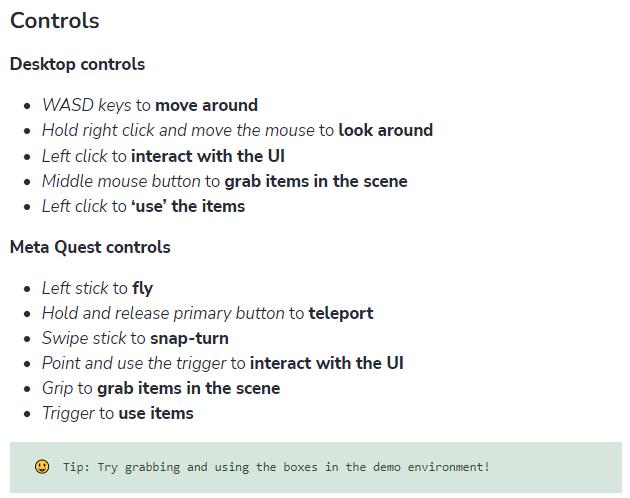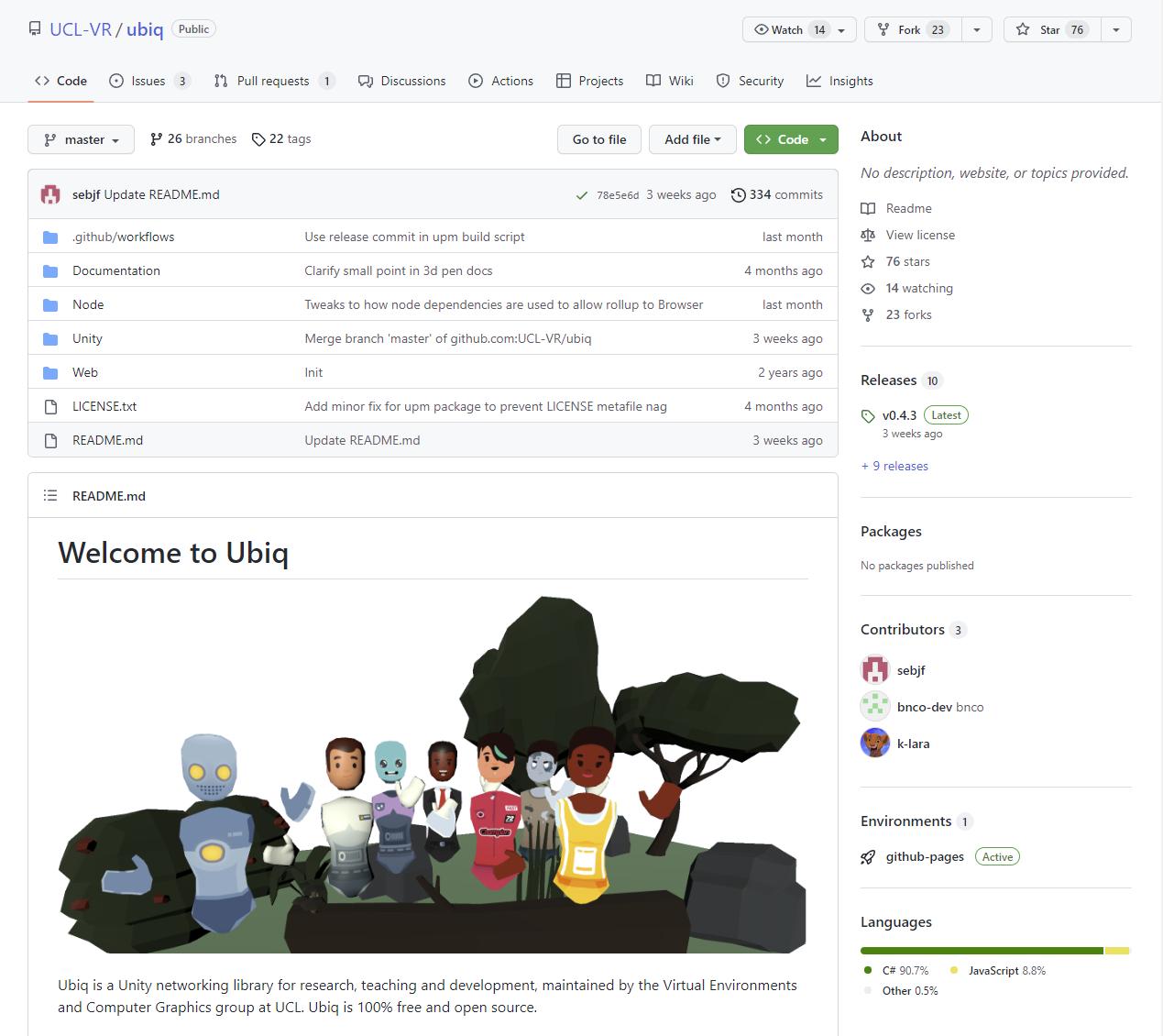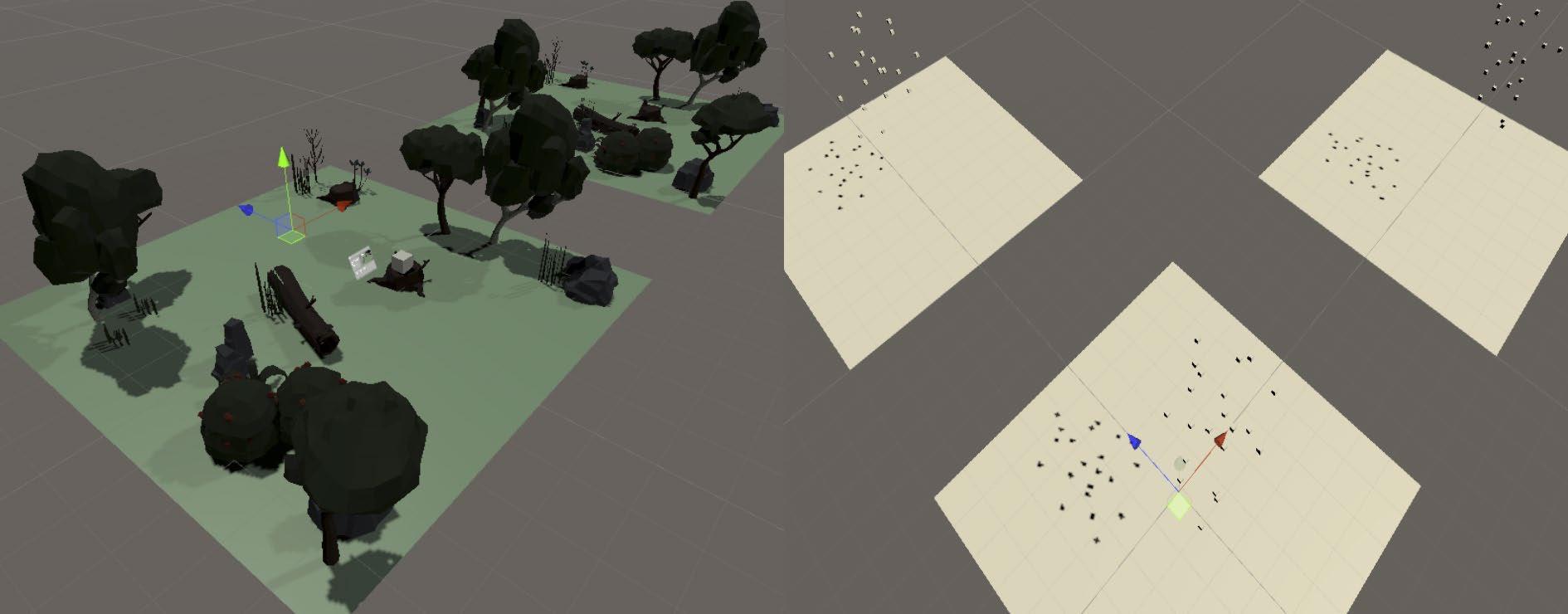Evaluating Social VR Experience
Advanced Topics in Cognitive Science, 2023 Spring
Class hours : Monday 15:00 – 17:50
Lecture room : Widang Hall B05
20th March

Advanced Topics in Cognitive Science, 2023 Spring
Class hours : Monday 15:00 – 17:50
Lecture room : Widang Hall B05
20th March
• McVeigh-Schultz, J., et al. What's It Mean to "Be Social" in VR?: Mapping the Social VR Design Ecology. Designing Interactive Systems, ACM.
• Abstract
• The emerging ecology of commercial social VR currently includes a diverse set of applications and competing models of what it means to be social in VR. This study maps a slice of this ecology, comparing and contrasting ways different applications frame, support, shape, or constrain social interaction. We deploy a method of design-oriented autobiographical landscape research to examine five platforms: Facebook Spaces, Rec Room, High Fidelity, VRChat, and AltspaceVR. We analyze design choices underlying these environments and draw attention to issues of space and place, locomotion, and social mechanics. Drawing on this analysis, we identify key issues and concerns for future research and design in social VR.
AltspaceVR supports an eclectic combination of experiences including chatting with others, playing games, and attending live events. It is a platform where identity-play is prevalent, but it has also struggled with issues of harassment.


VRChat has become known for non-normative social interactions and performative memes. Interactions can feel like social experiments, with participants taking on personas or exploring embodied rituals Opportunities to interact with strangers are supplemented by games like Battle Discs. Like AltspaceVR, VRChat has also struggled with harassment.

Rec Room emphasizes playing games. In the “Rec Center” participants manipulate a variety of objects and engage with mini-experiences including ping-pong and basketball or travel to more crafted game experiences such as paint ball and co-op adventures. Rec Rom’s social mechanics seem to limit harassment.
High Fidelity VR underscores in-world construction tools that enable users to build their own worlds. Developers work openly alongside visitors, further emphasizing themes of construction.

• Onboading, Place, and Contextual Cues
• Space and Navigation
• Social Mechanics






• Liu, Q. and A. Steed (2021). "Social Virtual Reality Platform Comparison and Evaluation Using a Guided Group Walkthrough Method." Frontiers in virtual reality.
• Abstract
• As virtual reality (VR) headsets become more commercially accessible, a range of social platforms have been developed that exploit the immersive nature of these systems. There is a growing interest in using these platforms in social and work contexts, but relatively little work into examining the usability choices that have been made. We developed a usability inspection method based on cognitive walkthrough that we call guided group walkthrough . Guided group walkthrough is applied to existing social VR platforms by having a guide walk the participants through a series of abstract social tasks that are common across the platforms. Using this method we compared six social VR platforms for the Oculus Quest. After constructing an appropriate task hierarchy and walkthrough question structure for social VR, we ran several groups of participants through the walkthrough process. We undercover usability challenges that are common across the platforms, identify specific design considerations and comment on the utility of the walkthrough method in this situation.

1. Find your offline or online friend in the platform and meet in a private/public room, make friends and interact with each other.
2. Talk about your experience and share related sources, using the objects in the room or in the system to express your emotions.
3. Move to another room together.
1. Identificationwhich is all the actions to identify a target, which could be a person or an object.
2. Communicationwhich includes verbal and non-verbal communication, and in this case, interpersonal interaction is covered.
3. Navigationmeans how people plan a route and then how they locomote in space or between the rooms, which includes movement of both individuals and groups. Group moving means moving as a group to the same place. Room transport refers to how people teleport to a new room.
4. Manipulationmainly relates to the interactive objects, such as creating, moving, passing and joint manipulating.
5. Coordinationis the action to gather people, handle conflict, and plan actions.

• Can user receive feedback about system status/changes?
• Is the system notification visible?
• Can the user notice the system notification?
• Can user understand the system information?
• Can the user decide what action to do next?
• Can user keep informed about system status?
• Sebastian J Friston, Ben J Congdon, David Swapp, Lisa Izzouzi, Klara Brandstätter, Daniel Archer, Otto
Olkkonen, Felix Johannes Thiel, and Anthony Steed. 2021. Ubiq: A System to Build Flexible Social Virtual Reality Experiences. In Proceedings of the 27th ACM Symposium on Virtual Reality Software and Technology (VRST '21).
• ABSTRACT
• While they have long been a subject of academic study, social virtual reality (SVR) systems are now attracting increasingly large audiences on current consumer virtual reality systems. The design space of SVR systems is very large, and relatively little is known about how these systems should be constructed in order to be usable and efficient. In this paper we present Ubiq, a toolkit that focuses on facilitating the construction of SVR systems. We argue for the design strategy of Ubiq and its scope. Ubiq is built on the Unity platform. It provides core functionality of many SVR systems such as connection management, voice, avatars, etc. However, its design remains easy to extend. We demonstrate examples built on Ubiq and how it has been successfully used in classroom teaching. Ubiq is open source (Apache License) and thus enables several use cases that commercial systems cannot.


• Nels Numan, Daniele Giunchi, Benjamin Congdon, Anthony Steed · March, 2023 ·
OAT:
• ABSTRACT
• This paper describes the Ubiq-Genie framework for integrating external frameworks with the Ubiq social VR platform. The proposed architecture is modular, allowing for easy integration of services and providing mechanisms to offload computationally intensive processes to a server. To showcase the capabilities of the framework, we present two prototype applications: 1) a voice- and gesture-controlled texture generation method based on Stable Diffusion 2.0 and 2) an embodied conversational agent based on ChatGPT. This work aims to demonstrate the potential of integrating external frameworks into social VR for the creation of new types of collaborative experiences.


This lecture material has been produced and published expressly for lecture purposes in support of a Yonsei University course. This material cannot be used for any other purposes and cannot be shared with others. Individuals who violate these terms and restrictions are legally responsible for any violation of intellectual property laws.